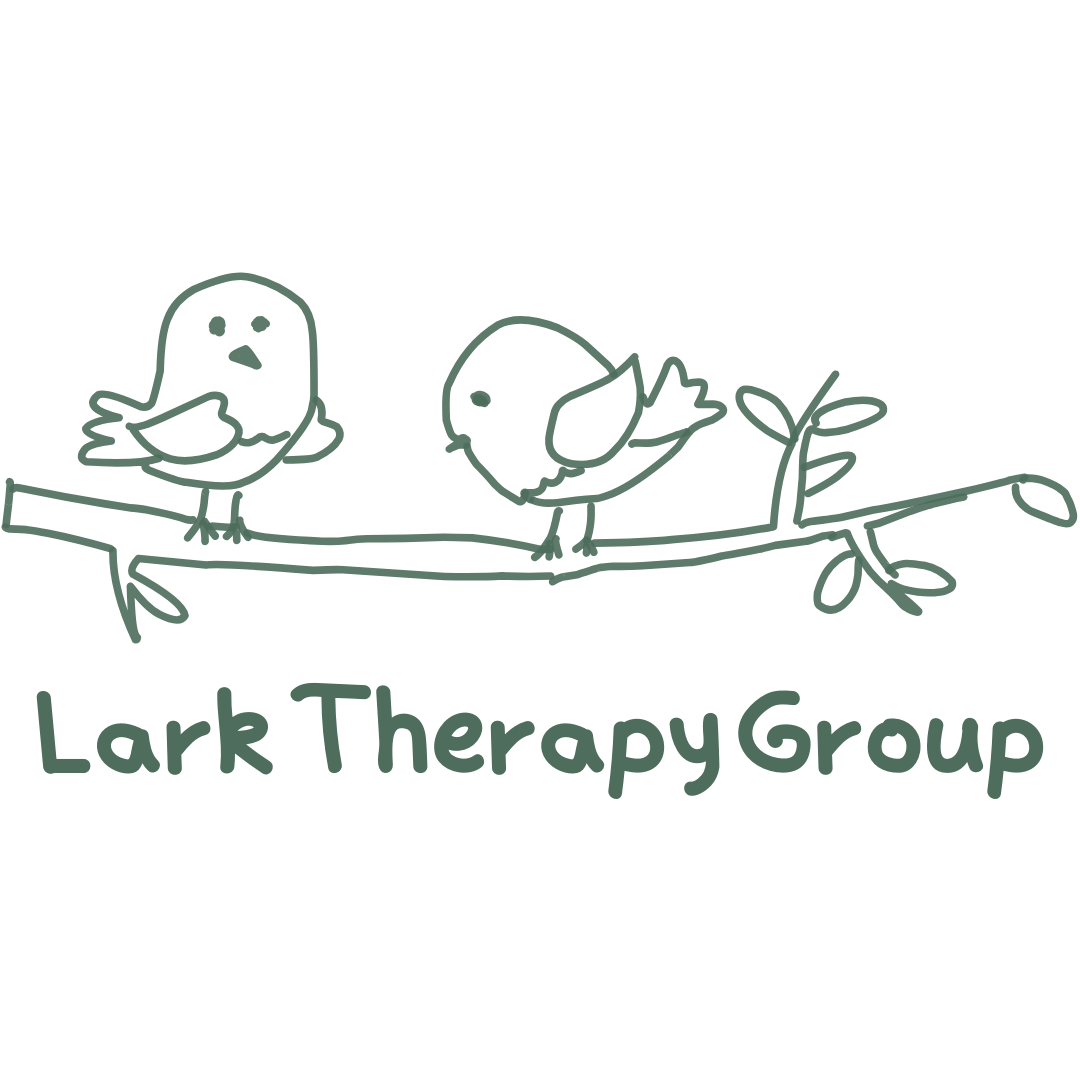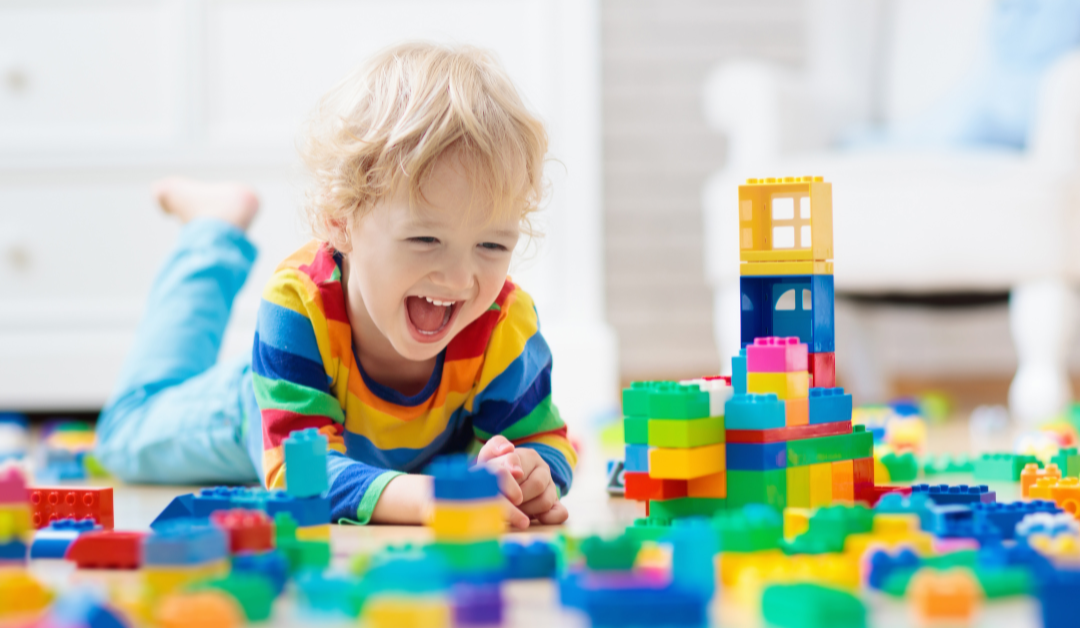Finding the right autism toys can make a significant difference in a child’s sensory development, communication skills, and overall engagement in play. Children with autism often have unique preferences when it comes to toys, favoring items that provide sensory input, encourage focus, or support fine and gross motor skills. Selecting toys that cater to their individual needs can enhance their learning experience while making playtime enjoyable and therapeutic. In this guide, we will explore the types of toys autistic individuals enjoy, the concept of autism regression, Level 1 autism in adults, and activities of daily living (ADL) for autism.
What Kind of Toys Do Autistic People Like?
Autistic individuals often prefer toys that provide sensory stimulation, encourage repetitive play, or promote independence. Some of the most popular types of autism-friendly toys include:
- Sensory Toys: Items like fidget spinners, stress balls, textured chewable toys, and weighted blankets can help regulate sensory input and provide comfort.
- Visual Stimulation Toys: Lava lamps, light-up toys, and bubble tubes can be soothing and engaging for children who enjoy visual input.
- Fine Motor Skill Toys: Building blocks, puzzles, and shape sorters can enhance hand-eye coordination and cognitive skills.
- Gross Motor Skill Toys: Swings, mini trampolines, and therapy balls help with balance, coordination, and physical activity.
- Social and Communication Toys: Picture exchange communication system (PECS) cards, interactive dolls, and role-playing sets encourage communication and social interaction.
- Repetitive Play Toys: Some autistic individuals find comfort in repetitive movements, so toys like spinning tops, stacking rings, and shape-matching games can be enjoyable and calming.
Choosing the right toys depends on the child’s sensory preferences, developmental level, and play style. Observing how they interact with different objects can help determine which toys best support their needs.
What Age Does Autism Regression Occur?
Autism regression typically occurs between 15 to 30 months of age, when a child who previously exhibited typical development starts losing previously acquired skills. This regression may include:
- Loss of Speech: A child who has started saying words may stop speaking or have reduced verbal communication.
- Social Withdrawal: A child who previously made eye contact, responded to their name, or engaged in interactive play may suddenly become more withdrawn.
- Reduced Interest in Activities: Loss of engagement in favorite games or activities.
- Increase in Repetitive Behaviors: Children may develop new stimming behaviors, such as hand-flapping or rocking.
While regression can be alarming, early intervention, including speech therapy, occupational therapy, and behavioral support, can help children regain lost skills and develop new ones.
What Is Level 1 Autism in Adults?
Level 1 autism, previously referred to as Asperger’s Syndrome, is the mildest form of Autism Spectrum Disorder (ASD). Adults with Level 1 autism may have strong cognitive abilities but still face challenges with social interactions and communication. Some common characteristics include:
- Difficulties in Social Situations: Struggling with maintaining conversations, understanding social cues, or forming relationships.
- Strong Interests in Specific Topics: Many individuals with Level 1 autism have deep, focused interests in particular subjects and enjoy routines.
- Sensory Sensitivities: Hypersensitivity or hyposensitivity to sound, light, textures, or other sensory stimuli.
- Need for Routine and Predictability: Changes in routine can cause stress and anxiety.
- Mild Executive Function Challenges: Difficulties with organization, time management, or adapting to new tasks.
Many adults with Level 1 autism live independently and develop coping mechanisms to navigate daily life. With support, they can thrive in professional and personal settings.
What Are ADL Activities for Autism?
Activities of Daily Living (ADLs) are essential life skills that support independence and self-care. For individuals with autism, ADL activities can be broken down into different categories:
- Personal Hygiene: Brushing teeth, showering, hair care, and dressing appropriately.
- Meal Preparation: Learning how to make simple meals, use kitchen tools safely, and clean up after eating.
- Household Chores: Tasks like laundry, sweeping, making the bed, and organizing personal belongings.
- Money Management: Understanding the value of money, budgeting, and making simple purchases.
- Time Management and Scheduling: Using visual schedules, timers, or apps to help plan daily routines.
- Social and Communication Skills: Practicing greetings, making phone calls, and responding to questions appropriately.
Building ADL skills at an early age can enhance an autistic individual’s ability to live independently and confidently navigate daily responsibilities.
Conclusion
Choosing the right autism toys can provide crucial support in sensory regulation, fine and gross motor skill development, and social engagement. Understanding the different types of toys that autistic individuals enjoy can help parents, caregivers, and educators create a positive and enriching play environment. Additionally, recognizing the signs of autism regression, understanding Level 1 autism in adults, and incorporating ADL activities into daily routines can help autistic individuals develop the necessary skills for a fulfilling and independent life. By providing the right tools and support, we can foster growth, confidence, and success in autistic individuals at every stage of life.


